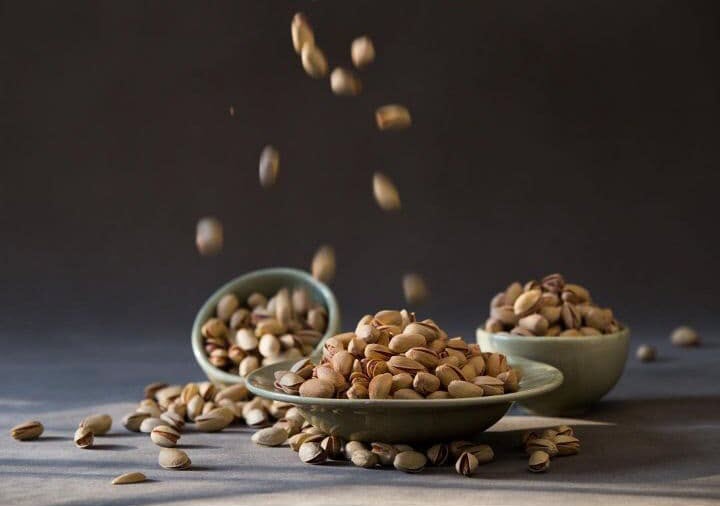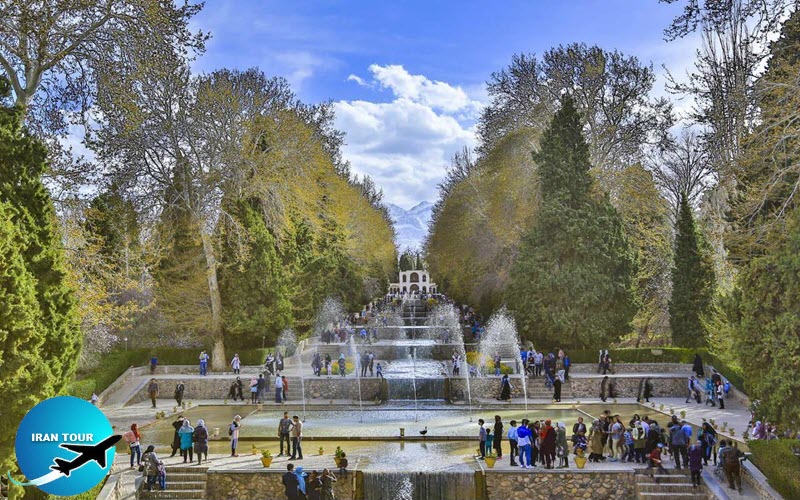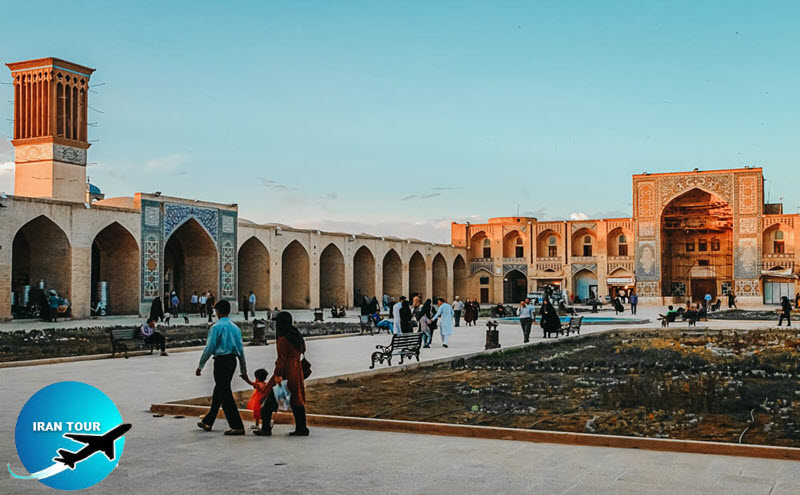Copyright 2020 - 2021 irantour.tours all right reserved
Designed by Behsazanhost
Kerman the city of souvenirs and yummy things
A trip to the city of designs and colors
The designs and decorations have been created with the love and passion of people. They dazzle the eyes of every viewer. These designs adorn Kerman handicrafts and select by every traveler as a souvenir. Kerman, as one of the historical and industrial cities of Iran, has a special and unique position in the production of various handicrafts.
- Details
- Category: Kerman Tourism
Getting Kerman
Kerman the mysterious and beautiful city
Kerman province and especially the city of Kerman is one of the most beautiful cities in Iran. Its ancient history is a complicated mix of different tribes like Persian, Baluch, and Zoroastrian religions, Also, the unique ruins that remained from thousands of years ago. The city has always attracted its lovers with its special historical and cultural attractions like a magnet and has shown them the most beautiful features.
Do not miss this opportunity.
- Details
- Category: Kerman Tourism
These reasons encourage you to travel to Kerman
It is much talked about and written about the diversity of Iran, not only in its history but also in natural and historical terms. “Iran is a vast country,” they say to their friends, “where you can see legendry desert-scape, lush forests, charming beaches, and tall glorious mountains.” To recognize this, we recommend traveling to a unique area. Kerman province is the representative of Iran to show off the beauty of Iran.
- Details
- Category: Kerman Tourism
Brief History of Kerman
In the early Achaemenid period, the name of Kerman is first found in a trilingual inscription of Darius I (r. 522-486 BCE). The name does not occur again in Iranian sources until the third-century CE Sasanian monumental inscriptions. The Arab geographers knew the name either in its current form Kermān, which apparently was popularly adopted or in the form Karmān, which was considered preferable and the only one used by the cultivated. Other geographers accepted both forms.
- Details
- Category: Kerman Tourism



